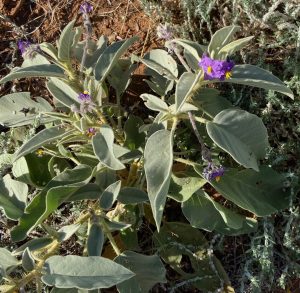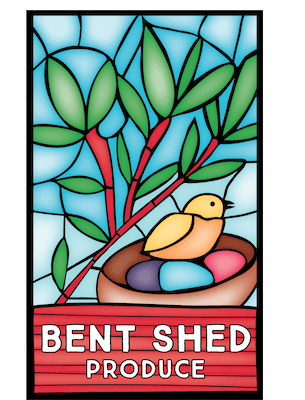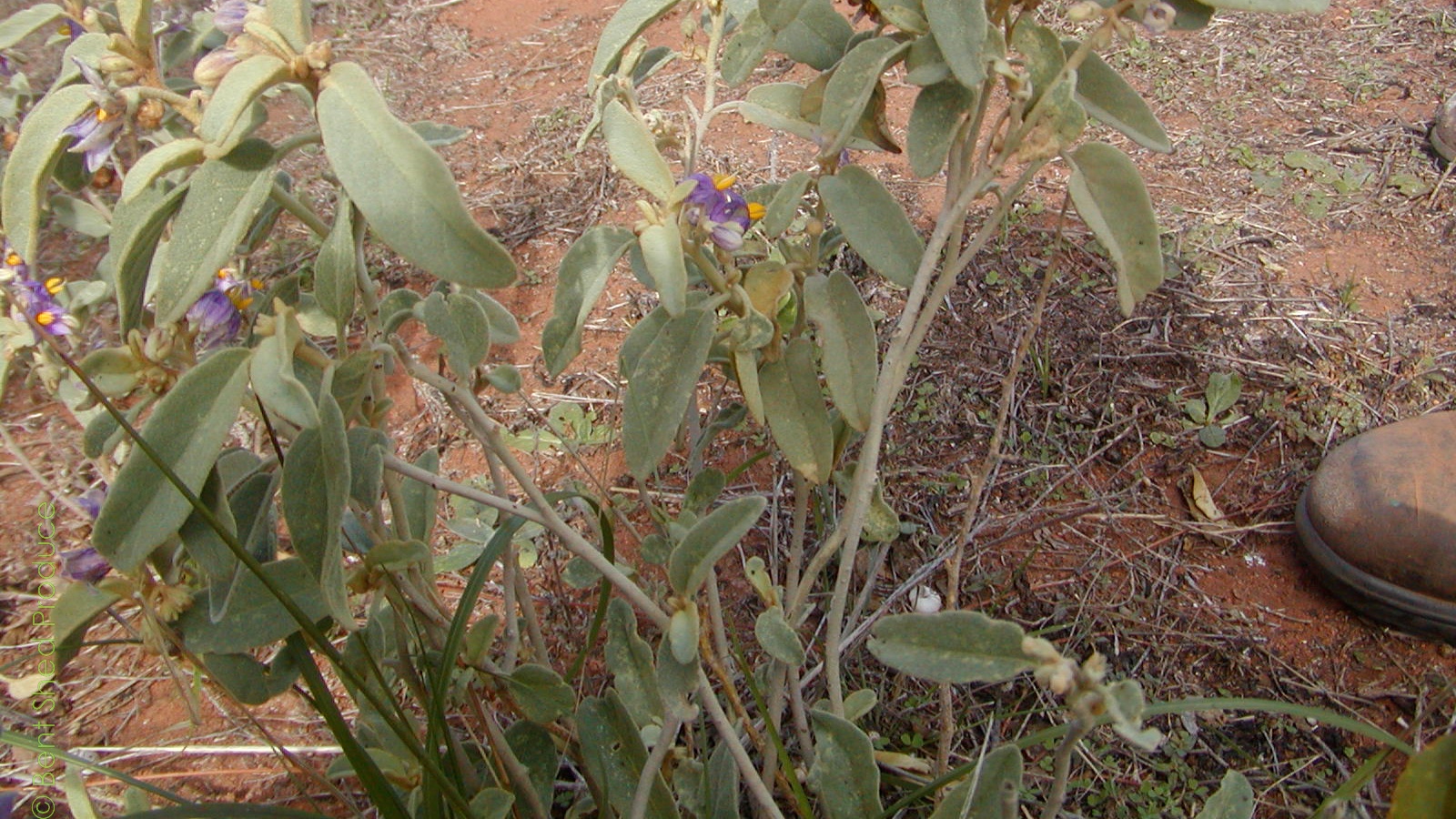Our true desert tomato
One of Australia’s true tomato plants, and one of the few edible tomato-relations in Australia.
Also bush tomato, desert raisin, kutjera (akadjura/kutjera are generally applied to the dried and ground spice).
It is a very popular plant, mostly wild-harvested, and can be very difficult to source at times.
Latin name: Solanum centrale.
Eating
- The fruit of a sparse desert plant.
- Intense spicy, caramelly, tomato-ey flavour with a bitter edge.
- Best used as a spice rather than a central ingredient.
- When dried and crushed to a powder, is often known as “akadjura” or “kutjera”.
- Whole berries work well in sauces and flavourings for meat.
- Akadjura is very good mixed with salt and used to enhance savoury dishes.
- Mixes well with flour to make breads, pasta, etc.
- Mixes surprisingly well with coffee to round out the coffee flavour.
Growing
- We’ve not grown it ourselves so this is rather extrapolated from our knowledge of its growing habits!
- Found naturally in the desert and arid regions of central Australia.
- Appreciates the ACT region’s lack of humidity, but needs to be protected against the daytime winter temperatures and heavy soils.
- May do well in a pot, brought inside in winter.
- Fruit must be ripe before it’s ready to eat – orange or oche-red. Green fruit can be toxic.
- There are many species of Solanum in outback Australia, and they all look very similar to the one edible plant. Always check before eating wild-foraged fruits!
- There is an excellent Bush Tomato Handbook released by Ninti One, which we are using as our main resource for growing this plant.

Harvesting and storage
- Bush tomatoes ripen around June each year. They must be fully-ripe before they’re edible.
- They can be used fresh or dried, although there’s actually not a lot of difference between both states!
- Bush tomatoes will keep fresh in the fridge for several weeks.
- They freeze extremely well.
- They also dry very well.
- Dry over several weeks on well-aired trays or baskets, in a cool, dry, well-aired location. Check regularly for mould.
- They also dry in a dehydrator; it may take up to 24 hours or more to completely dry.
- When dried and ground, the resultant powder is called “akadjura” or “kutjera” (the name changes depending on the local language).

